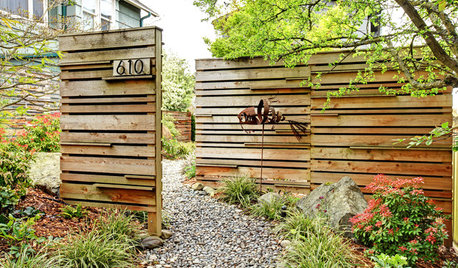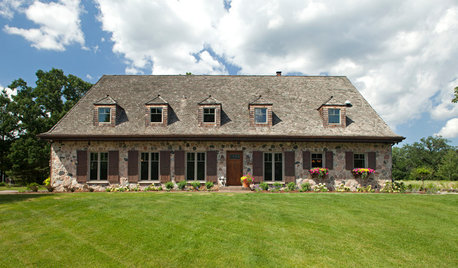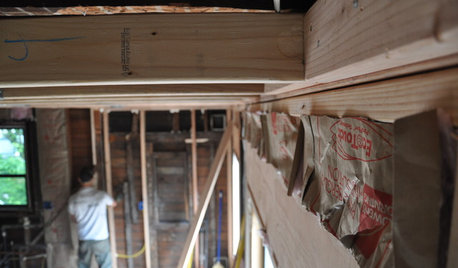Liability/responsibility: damage to invisible fencing
ginger_nh
16 years ago
Related Stories

FENCES AND GATESHow to Choose the Right Fence
Get the privacy, security and animal safeguards you need with this guide to fencing options
Full Story
PETSHow to Help Your Dog Be a Good Neighbor
Good fences certainly help, but be sure to introduce your pup to the neighbors and check in from time to time
Full Story
MOVINGWhat Those Home-Sale Disclosures Are Really Saying
Avoid costly surprises by knowing what’s included in a home seller’s disclosure, what’s not and what you can do if you suspect foul play
Full Story
PETS6 Ways to Help Your Dog and Landscape Play Nicely Together
Keep your prized plantings intact and your dog happy too, with this wisdom from an expert gardener and dog guardian
Full Story
ARCHITECTUREDesign Practice: How to Start Your Architecture Business
Pro to pro: Get your architecture or design practice out of your daydreams and into reality with these initial moves
Full Story
REMODELING GUIDESContractor Fees, Demystified
Learn what a contractor’s markups cover — and why they’re worth it
Full Story
POOLSSolstice Daydream Break: 10 Breathtaking Swimming Pools
Put Jack Frost's nipping out of mind with a virtual dip in 10 covetable Australian swimming spots
Full Story
CONTRACTOR TIPS10 Things to Discuss With Your Contractor Before Work Starts
Have a meeting a week before hammers and shovels fly to make sure everyone’s on the same page
Full Story
HOME INNOVATIONSConsidering Renting to Vacationers? Read This First
More people are redesigning their homes for the short-term-rental boom. Here are 3 examples — and what to consider before joining in
Full Story
BUDGETING YOUR PROJECTConstruction Contracts: What to Know About Estimates vs. Bids
Understanding how contractors bill for services can help you keep costs down and your project on track
Full StorySponsored
Columbus Design-Build, Kitchen & Bath Remodeling, Historic Renovations






gunther_arneson
ginger_nhOriginal Author
Related Professionals
Wareham Landscape Architects & Landscape Designers · Paradise Landscape Architects & Landscape Designers · East Patchogue Landscape Architects & Landscape Designers · Bethlehem Landscape Contractors · Arden-Arcade Landscape Contractors · Duarte Landscape Contractors · Galt Landscape Contractors · Kettering Landscape Contractors · Mastic Beach Landscape Contractors · Merced Landscape Contractors · New Brighton Landscape Contractors · Oklahoma City Landscape Contractors · University City Landscape Contractors · Wallingford Landscape Contractors · Washington Landscape Contractorslaag
ginger_nhOriginal Author
laag
ginger_nhOriginal Author
bahia
nwnatural
ginger_nhOriginal Author
ginger_nhOriginal Author
ginger_nhOriginal Author
bahia
ginger_nhOriginal Author
all_wet
ginger_nhOriginal Author
txjenny
ginger_nhOriginal Author
reg_pnw7
ginger_nhOriginal Author